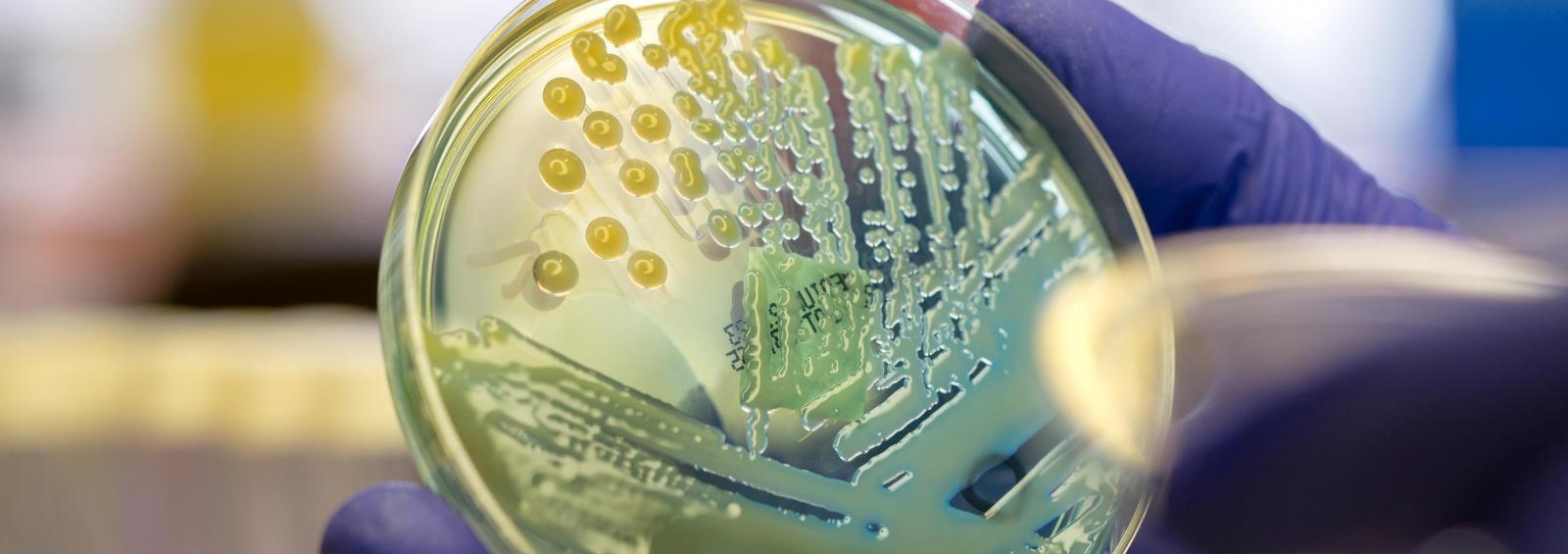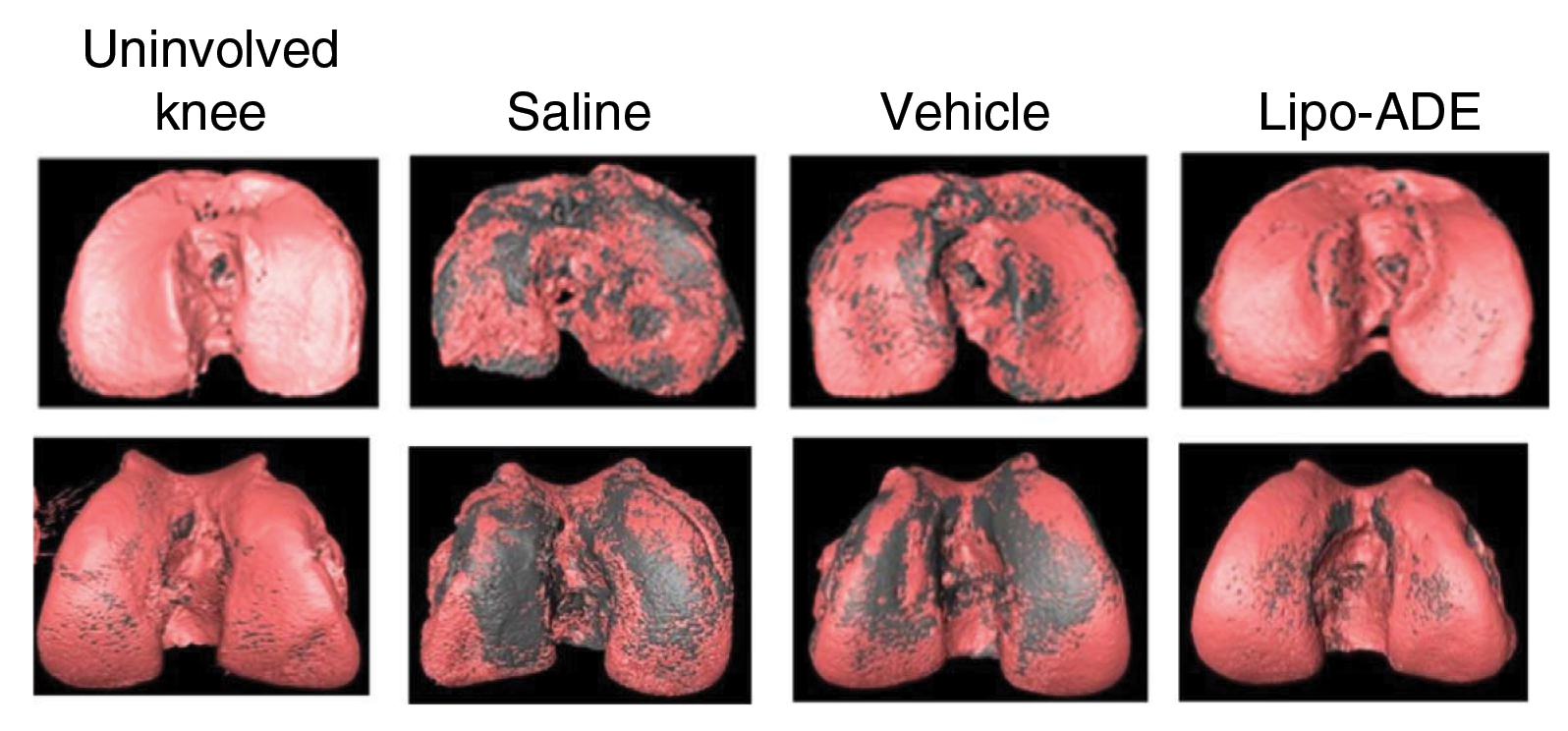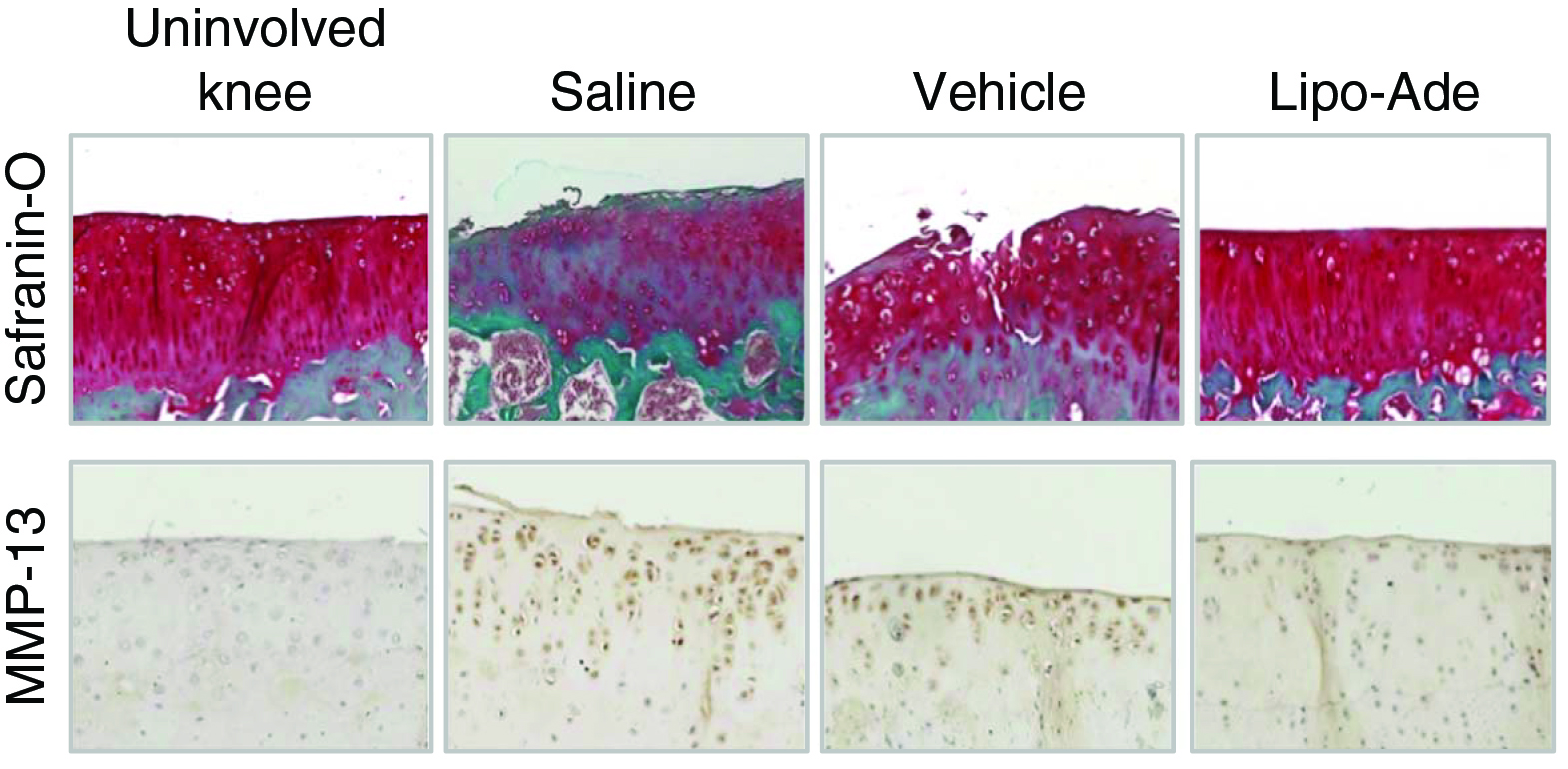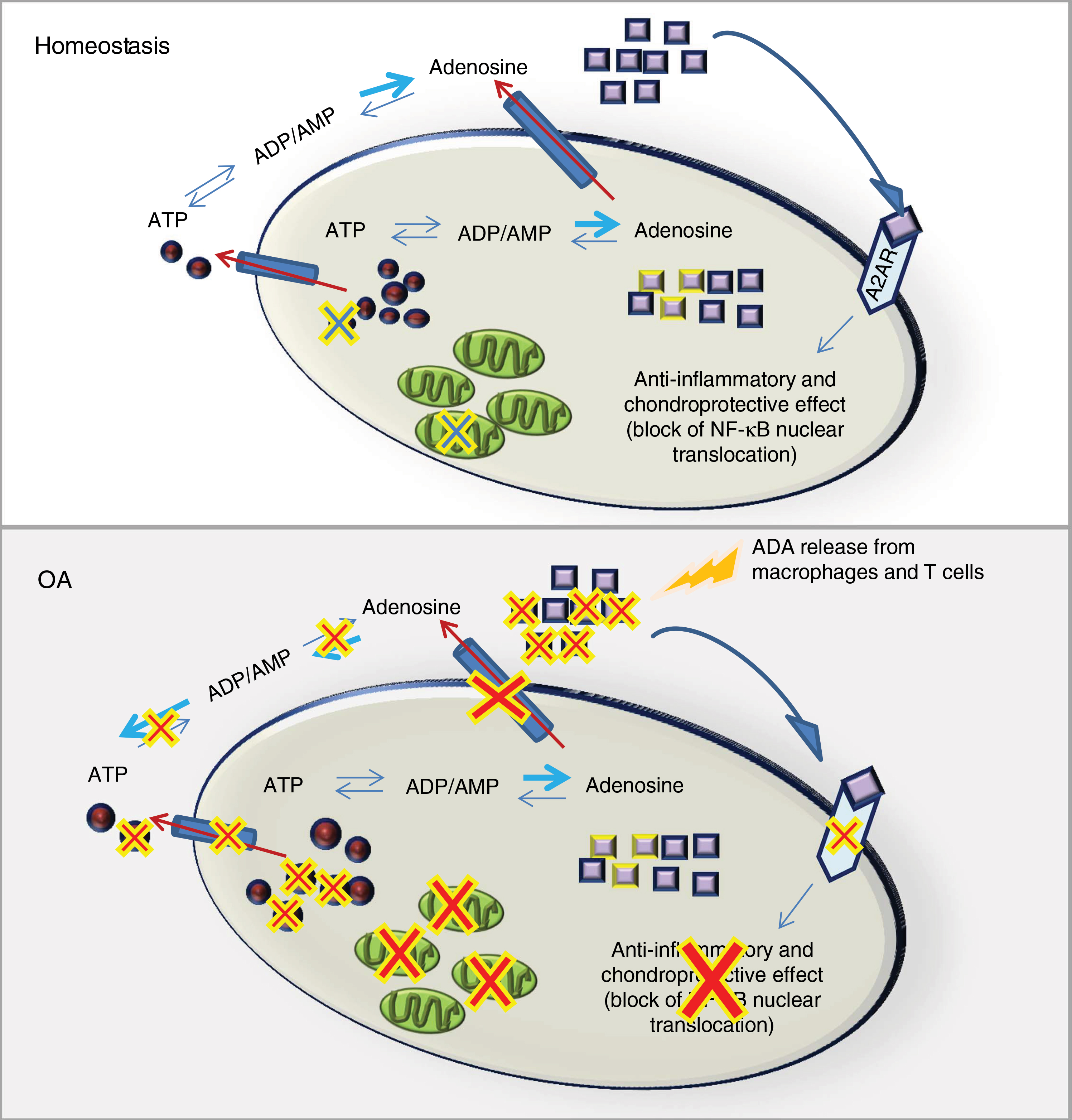Cronstein Lab

Our laboratory, led by Bruce Cronstein, MD, has had an overriding interest in the role of adenosine, a nucleoside derived from the extracellular hydrolysis of ATP, as a physiologic and pharmacologic regulatory molecule. Adenosine mediates its effects on cells and organs via interaction with one or more adenosine receptors. There are four adenosine receptors (A1R, A2AR, A2BR, A3R), all of which are members of the large G protein coupled family of receptors.
Adenosine as a Regulator of Inflammation
The Cronstein laboratory first reported the anti-inflammatory effects of adenosine, acting at A2AR, on neutrophil function. In subsequent work, the laboratory demonstrated that adenosine is released by stressed cells, such as endothelial cells, and can thereby dampen cell injury by suppressing inflammatory cell adhesion and production of oxidants. Our team first demonstrated that enhanced adenosine release mediates the anti-inflammatory effects of low dose methotrexate, the most utilized agent for the treatment of Rheumatoid Arthritis and other inflammatory diseases, demonstrating the importance of adenosine as a regulator of inflammation.
Wound Healing Properties
In other studies, the Cronstein laboratory demonstrated that adenosine, again acting at A2AR, promotes wound healing by stimulating angiogenesis and matrix production. This work led to the recognition that persistent A2AR stimulation could lead to excess matrix production, scarring and fibrosis of the skin and other organs, such as the liver. Indeed, blockade of adenosine receptors, by regular use of caffeine, has been associated with significantly lower death rates from liver disease. In collaboration with members of the Department of Radiation Oncology, we are organizing a clinical trial of topical caffeine for the prevention of radiation-induced dermal fibrosis in women undergoing radiation therapy for breast cancer.
Effects of Adenosine on Bone Metabolism
More recently, the laboratory has been investigating the role of adenosine receptors in regulating bone metabolism. We have shown that adenosine, acting at A1R, is required for the differentiation of osteoclasts and loss of A1R leads to osteosclerosis. In contrast, the laboratory has demonstrated that A2AR stimulation diminishes osteoclast differentiation and promotes osteoblast formation of new bone. Similarly, we reported that A2BR stimulation inhibits osteoclast differentiation and function and promotes bone production.
The laboratory has worked out many of the signaling pathways involved in these phenomena, including direct inhibition of NF-kB activation (required for osteoclast differentiation) and enhanced Wnt signaling in osteoblasts. More importantly, we have demonstrated that application of agents that act through A2AR either directly (agonists) or indirectly (dipyridamole and ticagrelor which prevent adenosine uptake) to either collagen sponges or scaffolds promotes regeneration of bone. This approach to promotion of bone regeneration is currently undergoing pre-clinical testing for use in patients. The Cronstein laboratory continues to study the effects of adenosine on bone metabolism.
Intra-articular Injection of Liposomal Adenosine for OA Treatment
In current and ongoing studies, the Cronstein laboratory has demonstrated that adenosine, acting at A2AR, plays a critical role in maintaining chondrocyte homeostasis. A2AR deficient mice develop premature osteoarthritis and the laboratory has demonstrated that, in human, rat, and murine OA, there is deficient adenosine production in the extracellular space with diminished autocrine activation of A2AR contributing to the development of osteoarthritis.
Both in mice and humans, deficiency of ecto-5’nucleotidase, the enzyme that converts AMP to adenosine in the extracellular space, leads to development of osteoarthritis confirming the hypothesis that adenosine is an autocrine mediator of homeostasis in chondrocytes and cartilage. This discovery led to the development of novel agents—intra-articular injection of liposomal preparations of adenosine and A2AR agonists, nanoparticle-bound adenosine—for the treatment of osteoarthritis. These agents are currently undergoing pre-clinical testing.



Scientific images source: Corciulo C … Cronstein BN. Endogenous adenosine maintains cartilage homeostasis and exogenous adenosine inhibits osteoarthritis progression. Nat Commun. 2017. DOI.
Contact Us
For more information, please email Bruce Cronstein, MD, at bruce.cronstein@nyulangone.org or call 212-263-6404.